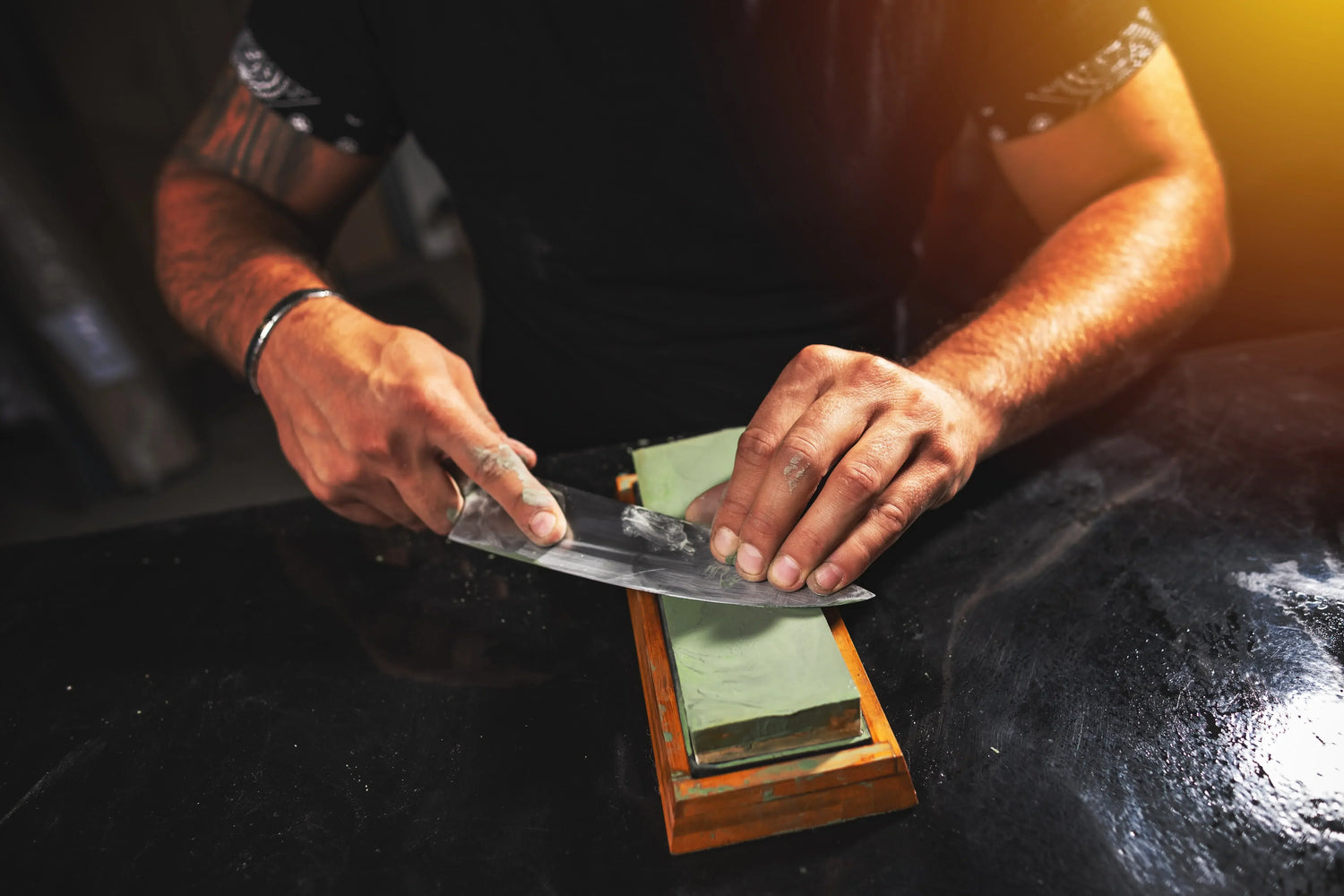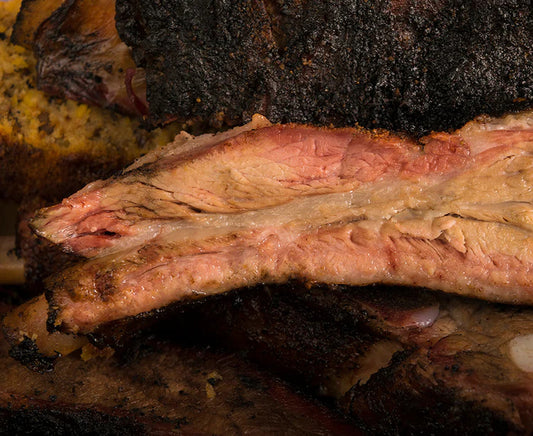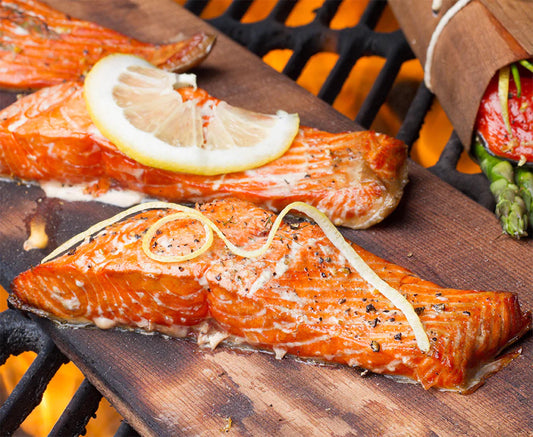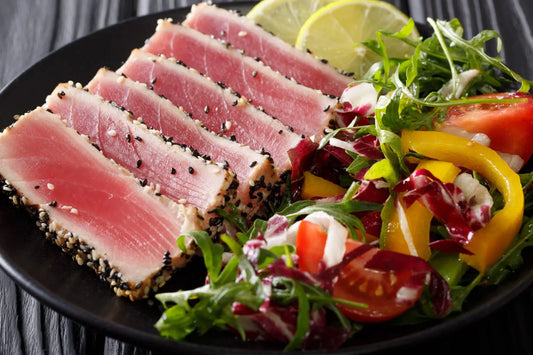There’s nothing quite like smoking meat when you want to bring out the best flavors. However, before jumping right into the process, you first have to prepare the ingredients and tools you will need for the task. This includes your food smoker and the meat, whether beef, lamb, pork, poultry, or seafood, plus the knife you’ll use to cut it.
Having said this, you might think that you’re all set once you have all the necessary tools and ingredients, but this isn’t where it ends. Specifically, in the case of your knife, it has to be sharp and in good condition. A dull blade is more prone to slipping while you’re cutting, so you might end up with the wrong proportions or, even worse, a bleeding finger. So, you must know how sharp your knife is before using it for accuracy and safety purposes.
Don’t wait for the wrong-sized cut of meat or an injury before deciding to do something about a blunt knife. You can try different tests using materials that can easily be found in your home to determine if your knife is too dull for use.

Tips On Knife Sharpening
One way to check the sharpness of a knife is the paper test. Basically, you have to get any piece of paper, hold it up in the air, and slice the knife through it. If the cut is clean and continuous, it’s still in good condition; otherwise, you might need to sharpen it. You can also try slicing tomatoes or onions. The knife should be able to cut through them without crushing or breaking their outer layers.
After trying out the different ways to check a knife’s sharpness and realizing that it’s dull, buying a new one isn’t necessary. Instead, you can use a knife sharpener and shape the knife’s edge to make it sharp again. There are different types of this tool available on the market, and all can serve their purpose well.
The traditional way to restore the sharpness of a knife is using a whetstone or sharpening stone. It takes its form through a small rectangular block, usually with a coarse grit on one side and a fine grit on the other. This will allow you to sharpen and then polish the knife afterward with only one tool.
What’s advantageous about using a whetstone is that it results in the most precise sharpening of edges as you’re in complete control of the process. To use it, first pin it on a flat surface, and it can either be used dry or doused in oil, depending on the variation. Then, run the knife back and forth across the coarse grit side until you reach the desired sharpness. Lastly, turn it to the fine grit side and polish or refine the whetted blade.
Another option is using a handheld, pull-through, or manual knife sharpener, which is the easiest way to sharpen edges. It comes with a handle to grip and two slots to either sharpen or polish the knife. Some brands will require you to pull the blade through the slots, while others will need you to pull the sharpener over the edges. Either way, both will require manual work.

In contrast, if your goal is to improve the blade’s edges with only minimal strength and effort, use an electric knife sharpener instead of the previous two. In appearance and usage, it’s quite similar to a manual sharpener, except for the motorized blades in the two slots and the electric plug attached to it. Some brands even come with angle guides to make understanding the proper placement even easier.
This makes using an electric knife sharpener the simplest way to sharpen a blade. Some knives are so dull that honing their edges may take too much work, but this is only a simple task for this type of sharpener. However, since it grinds more metal in each use because of its motorized blades, it has the tendency to shorten the knife’s lifespan.
Meanwhile, if you only need to realign the edges of a bent knife, use sharpening steel. Despite what it’s called, it doesn’t actually sharpen blades but only straightens the sharp side when it bends out of shape due to too much use. Simply rest the tip of the rod on a surface and sweep the blade along it away from you.
Final Thoughts
Regardless of which sharpening tool you use to sharpen and refine the edges, remember to clean the knife before using it because metal fillings might have attached themselves. All that’s left is to cut the meat, prepare the Bradley Bisquettes appropriate for it, and cook it inside your Bradley Smoker. Once the proper time for smoking has passed, according to the Bradley Smoker tips & tricks, you can then enjoy your cut of smoked meat.
For more great ideas on how to get the most of your Bradley Smoker, check out the awesome articles on our Bradley Smoker Food Smoking Blog for more tips & tricks.




